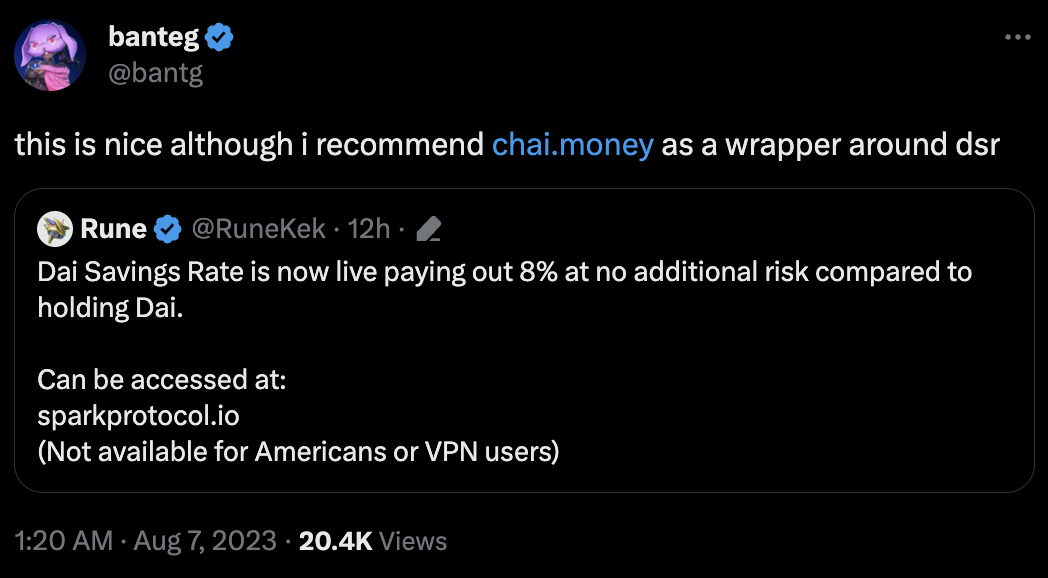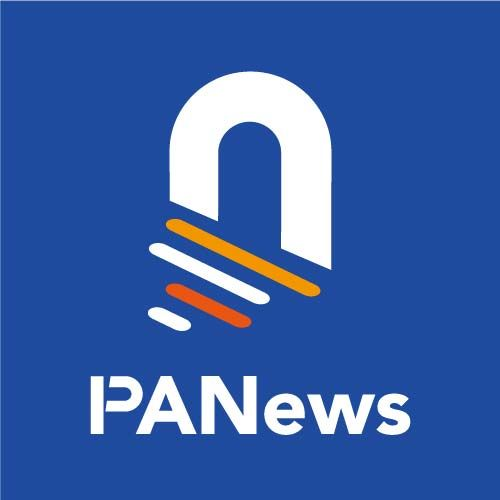MakerDAO raises DSR to 8%, what are the pros and cons for the protocol?
Original author: Jiang Haibo, PANews
MakerDAO officially increased the DSR (DAI Savings Rate) to 8% in the early morning of August 7th, Beijing time, in the form of short-term subsidies. As Maker's investment in RWA has exceeded $2 billion, currently only about 20% of DAI is earning interest in the DSR contract. Therefore, providing higher short-term subsidies to DSR will not lead to Maker's loss. However, this also reduces Maker's profit expectation and may indicate that Maker's growth has entered a bottleneck period. In the following article, PANews will interpret the background, process, and impact of this event.
Insufficient Stablecoin Reserves in PSM
With the decrease in DAI issuance and the increase in investment in RWA, the stablecoin reserves in Maker's Peg Stability Module (PSM) have been continuously declining. According to the data compiled by @SteakFi on Dune, Maker's investment in RWA has reached $2.35 billion.
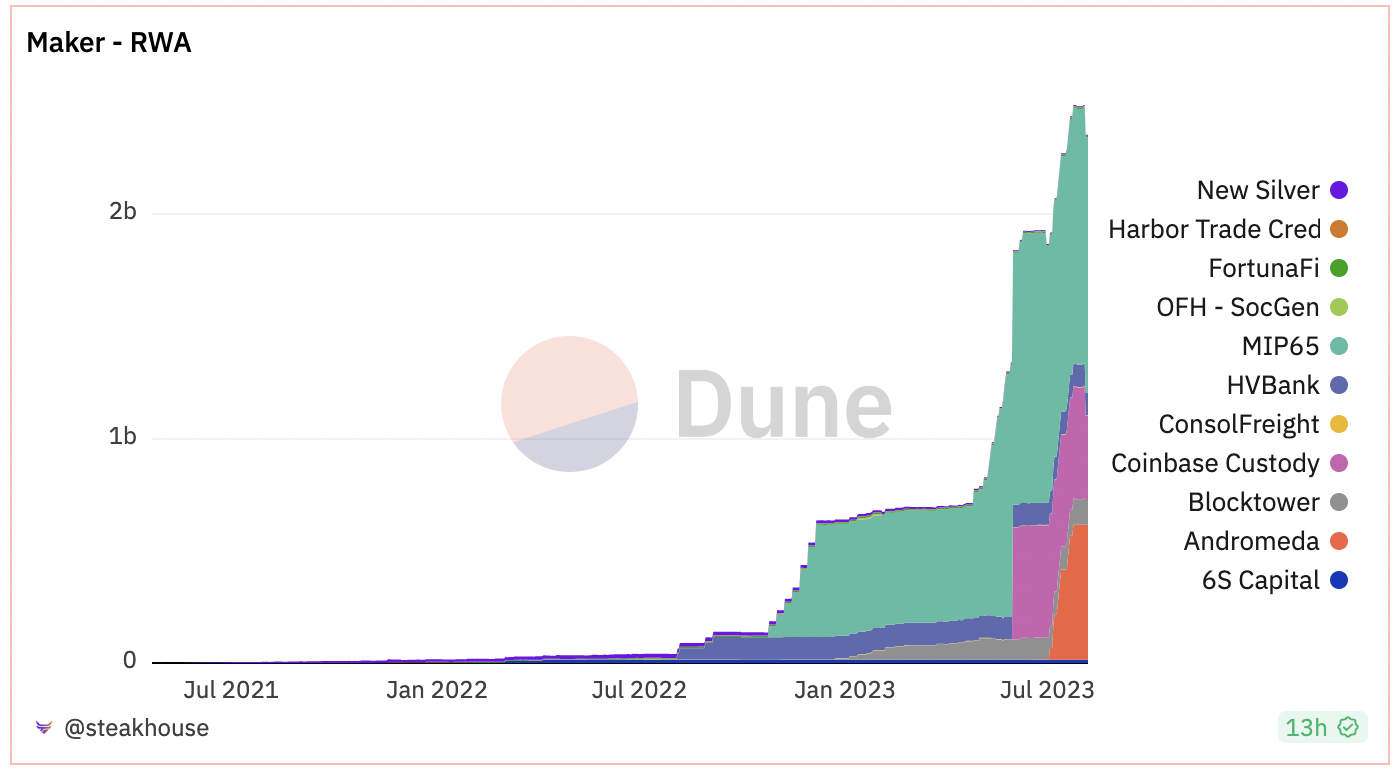
The USDC in PSM is the main source of liquidity for DAI. According to Etherscan and DeBank data, the value of reserve assets in the Maker: PSM-USDC-A contract has dropped from a peak of $5.5 billion to $180 million on August 3rd. If liquidity is depleted and DAI cannot be redeemed for USDC, it will affect users' confidence in DAI and Maker.
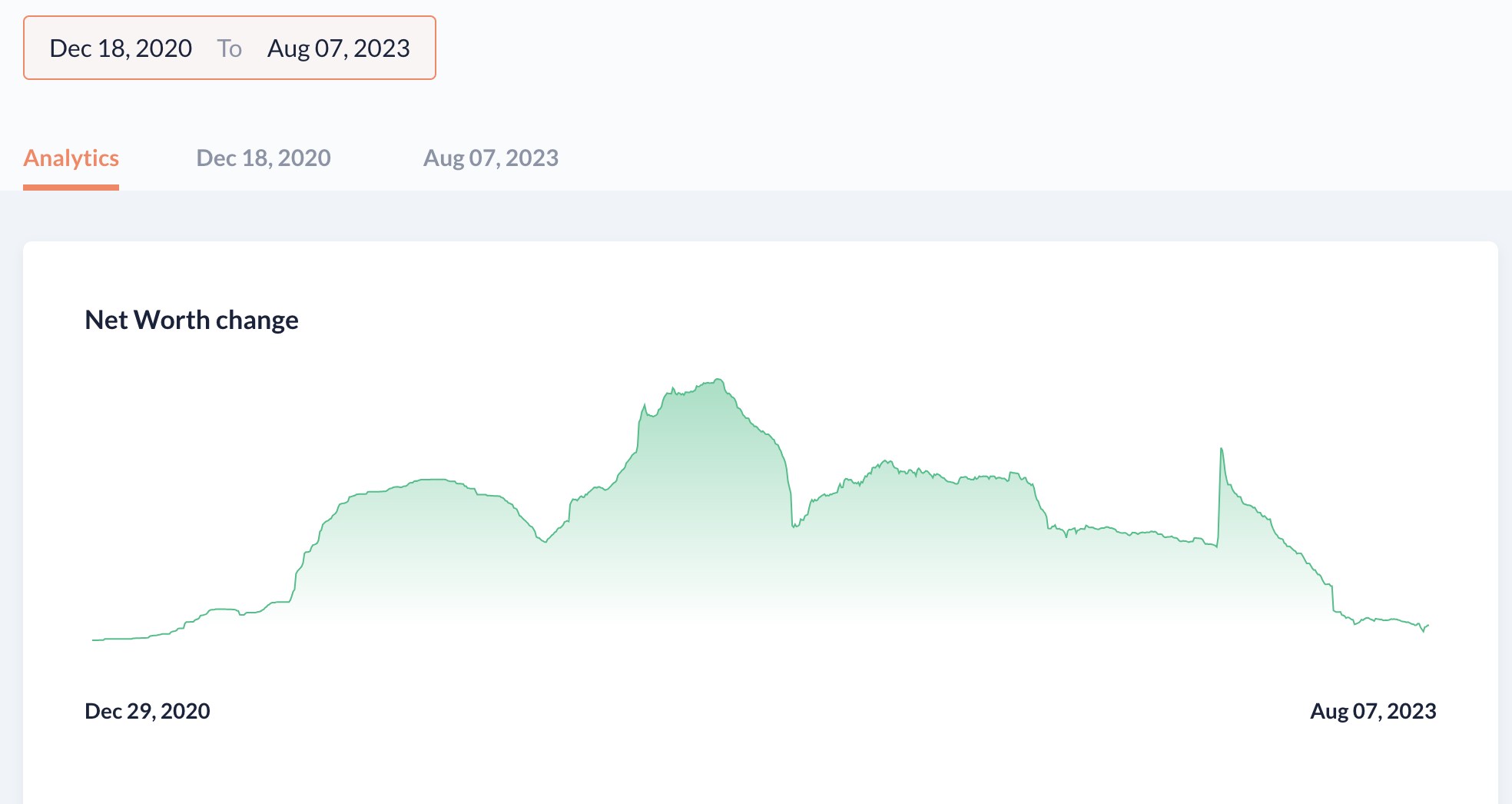
This situation has been mentioned in our previous article. For reference, please read: "Interpreting the current development of MakerDAO: Expected increase in profits, redemption rules may be adjusted to capture protocol value".
If incentives can be used to attract more funds to mint DAI using USDC and Maker exchanges USDC for dollars to purchase US bonds, while distributing part of the revenue to DAI depositors in DSR, it is expected to achieve Maker's growth flywheel. Therefore, a proposal to increase DAI savings returns was born. This plan is a short-term incentive measure, and the retention of funds after the end of the incentive needs to be observed.
Led by Rune, a vote with no objections
On July 19th, Rune Christensen, co-founder of MakerDAO, initiated a discussion on implementing the "Enhanced Dai Savings Rate" (EDSR) on the forum. The post mentioned that EDSR is a temporary mechanism to increase the effective DSR available to users during the early stages when DSR utilization is low. EDSR will be a one-time, temporary mechanism that decreases over time. Currently, there is a need to increase demand for DAI and DSR to ensure a larger user base will participate in SubDAO mining and other Endgame products in the future.
On July 24th, a proposal to implement EDSR began a survey vote, with a 99.93% approval rate and a 0.07% abstention rate, with no opposition.
On August 2nd, this proposal, along with other proposals to increase the Spark debt ceiling, entered the execution vote stage. It was ultimately passed on August 4th and became effective from August 7th, Beijing time.
In the previous design, DSR was determined by the US Treasury yield, reserving a portion of the Maker's profit based on the US Treasury yield. However, this time DSR was directly increased to 8%, surpassing the achievable US Treasury yield. Since the amount of DAI (DAI supply minus stablecoin reserves in PSM) that can help Maker generate profit is much higher than the DAI deposits in DSR, this approach will not lead to Maker suffering losses.
However, this approach will significantly decrease Maker's short-term profit expectations, potentially harming MKR holders' interests. The proposal had no opposition during the nominal survey phase, indicating Rune's dominant role in Maker's decision-making, and prior to this, venture capital firm a16z had already sold all of its MKR holdings.
Potential Impacts of Increasing DSR
Prior to this, DSR had already become the highest source of income for the major stablecoin in major DeFi protocols. The introduction of EDSR in this aggressive manner will have some impacts on Maker.
1. Increase in DAI Supply
According to Makerburn data, the implementation of EDSR has ended the long period of declining DAI supply and has started to rise again. Just from the observations on the afternoon of August 7th, DAI supply has increased by 200 million in the past day.
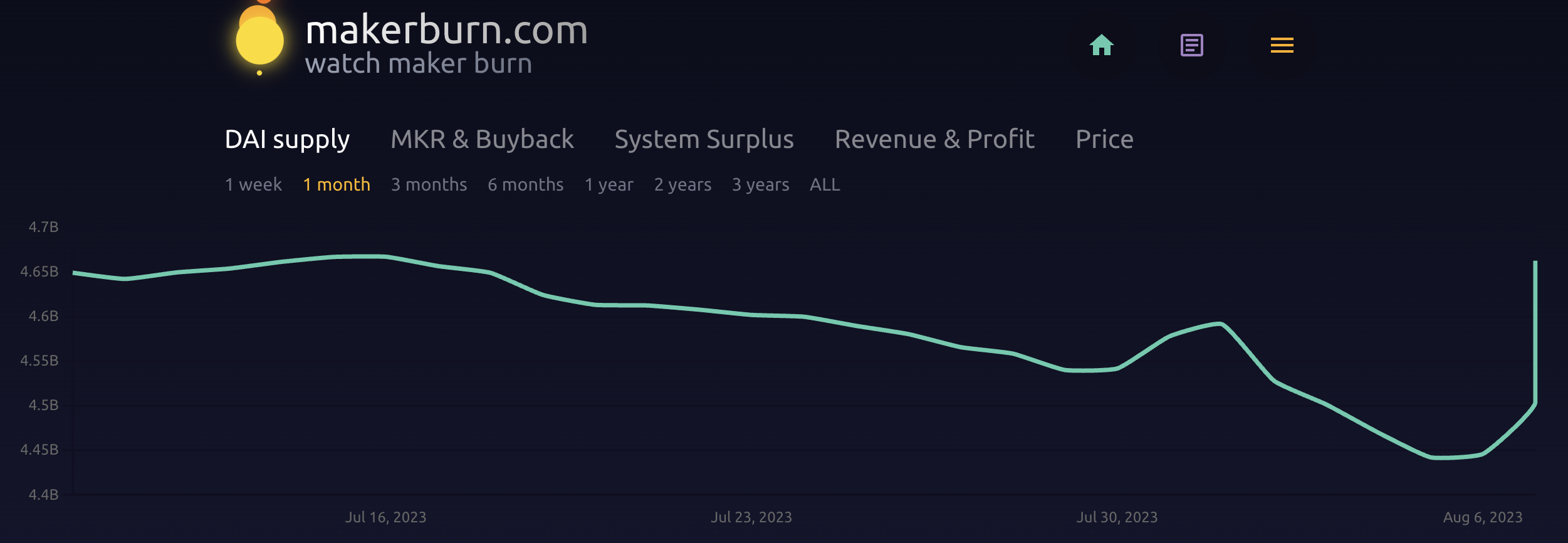
2. Decrease in Short-Term Expected Returns and Increase in P/E Ratio
Due to the increase in DSR and more funds participating, Maker's spending on DSR has increased significantly, and the expected annual profit has decreased from $84.29 million on August 6th to $61.82 million. P/E ratio has also increased to 21.15, more than double compared to P/E 8.43 at the end of June.
3. Potential increase in stablecoin deposit returns for other lending protocols
If Maker raises DSR to 8%, users who deposit DAI in lending protocols like Aave may redeem and deposit to DSR. Depositors of other stablecoins like USDT and USDC may also switch to DAI and deposit to DSR.
4. Potential increase in demand for USDC
Since the easiest way to obtain DAI is through PSM by minting with USDC at a 1:1 ratio, aggregators like 1inch have also integrated this solution. Users who don't hold DAI but want to mint with stablecoins may need to purchase USDC, increasing the demand for USDC, which caused the price of USDC to reach 1.002 USDT on August 7th.
5. Increase in PSM reserves
According to the above DeBank data, the reserve balance in the PSM: USDC contract has increased from $280 million on August 5th to the current $350 million. Makerburn data shows that in the past 24 hours, the balance in PSM: USDC has increased by $56 million, which means $56 million in DAI was minted through PSM: USDC in the past 24 hours.
Considering that EDSR has just been implemented, the above trends are expected to continue, but it's important to see how much funds will remain in the protocol after EDSR ends. If more funds can be attracted to increase the issuance of DAI, it is expected to bring more funds to the SubDAO and Endgame in the future. However, if only short-term arbitrage funds participate, it will only result in Maker wasting some funds.
Others
Arbitrage strategy based on wstETH
Due to the previous equal minimum stability fee for collateralizing and minting DAI with wstETH and DSR, there was no arbitrage opportunity in collateralizing wstETH and minting DAI and depositing it into DSR. This practice only faced the risk of liquidation of the collateral and the increase in DSR created new arbitrage opportunities. @bitfish 1 shared an arbitrage strategy on Twitter, which involves pledging ETH to create wstETH, then collateralizing wstETH in Maker to mint DAI, and finally depositing the DAI into the DSR contract. This allows for earning both the staking yield of ETH and the difference between the deposit yield of DAI in DSR and the stability fee for minting DAI, which is an additional subsidy from Maker.
Statistics on the increase in DAI supply
Based on current data, the DAI supply has increased by approximately 200 million in the past 24 hours. DAI minted through wstETH-B has increased by 50 million, DAI minted through D 3 M (Spark) has increased by 57.9 million (the proposal to increase Spark's debt ceiling has just taken effect), and DAI minted through PSM: USDC has increased by 56 million. The rest is minted through ETH-C, WBTC-A, stETH-A, and other collateral types. The main source is still the collateralization of cryptocurrencies, indicating the presence of a significant amount of arbitrage capital. We need to observe the implementation of Spark and other SubDAOs in the future. If they fail to generate returns higher than the stability fee required for minting DAI, this portion of the capital may leave.
Controversy over Spark's front-end review
The Use Dai link on the MakerDAO website directly redirects to the Spark website, where users can stake DAI. However, Spark conducts an audit of user wallet addresses and IP addresses, prohibiting users from the United States, China, and other restricted areas. Some users who use VPNs may also be detected, sparking discussions on decentralization. Considering that Maker holds a significant amount of RWA collateral and needs to comply with regulatory requirements, this practice is acceptable. Restricted users can also consider wrapped products such as Chai for DSR.
